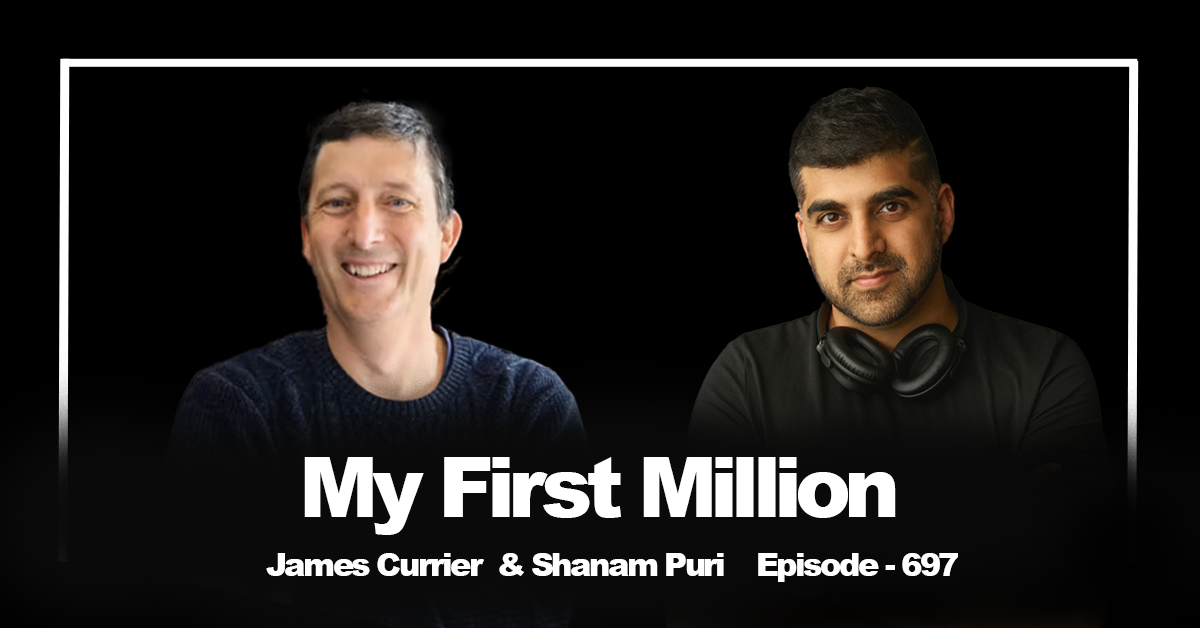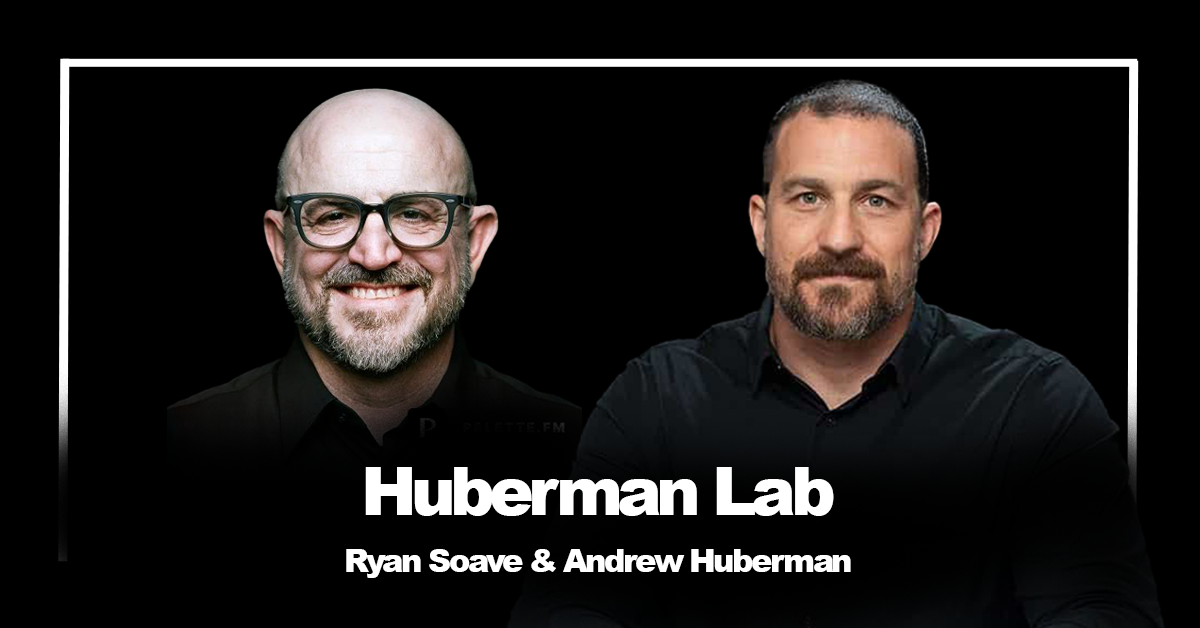Guest: Dr. Keith Baar, Muscle Physiology and Connective Tissue Expert
🎙️ Episode Highlights:
In this episode, Tim Ferriss dives deep into the science of strength, injury recovery, and connective tissue health with Dr. Keith Baar. They explore innovative approaches to training, rehabilitation, and optimizing muscle and tendon strength.
🚀 Key Takeaways & Insights:
1. Revolutionary Approach to Injury Recovery:
- Traditional orthopedic methods, such as using a boot for a sprained ankle, might hinder healing by causing ‘stress shielding,’ leading to scar tissue formation.
- Early loading of injuries, even within a day or two post-surgery, can significantly speed up recovery.
- The concept of ‘minimal effective dose’ suggests that only 10 minutes of targeted isometric exercises can maximize tissue adaptation.
2. The Power of Isometric Holds:
- Isometric exercises (e.g., holding a position without movement) can significantly strengthen tendons and connective tissue.
- Dr. Baar emphasizes the importance of the ‘refractory period’—waiting 6-8 hours before repeating isometric exercises to optimize collagen synthesis.
- For injuries like tennis elbow or Achilles tendinopathy, overcoming isometrics (pushing against an immovable object) are preferred over yielding isometrics (holding a load statically).
3. Velocity and Jerk in Injury Prevention:
- Injuries often occur due to ‘jerk,’ the rapid change in acceleration, such as during sudden stops in sports.
- Reducing the velocity of movements, as seen in slow eccentric or isometric holds, can enhance tendon health and prevent injuries.
4. The Science Behind Collagen and Tendon Health:
- Dr. Baar recommends taking 15 grams of hydrolyzed collagen with 200-250 mg of Vitamin C 30-60 minutes before exercise to boost collagen synthesis.
- Skin-derived collagen sources are preferred over bone broth to avoid heavy metals.
5. Debunking Myths: Passive Income and Rehabilitation:
- True passive income, much like ‘passive’ injury recovery, is a myth. Consistent, targeted effort is required in both business and physical health.
- Avoid complete immobilization after injuries; instead, use light isometric loads to stimulate healing without overloading the tissue.
6. Innovative Rehab Techniques:
- Dr. Baar’s approach includes using small, frequent isometric exercises to maintain muscle and tendon health without causing excess wear and tear.
- Techniques such as using resorbable sutures in surgery to promote natural tendon healing rather than relying on permanent sutures that could lead to stress shielding.
7. Optimizing Training for Strength Without Bulk:
- Athletes can increase strength without adding muscle mass by focusing on the ‘force transfer’ between muscle and bone through tendons.
- The key is to improve the efficiency of force transfer proteins and connective tissues.
💡 Memorable Quotes:
- “All businesses are loosely functioning disasters; some just happen to make money.”
- “Humility is acknowledging reality for what it is.”
- “Your tendon is like a teenager; it only listens for 5-10 minutes.”
🎯 Actionable Advice:
- Implement short, focused isometric exercises into your training regimen, especially for injury prevention and rehab.
- For recovering from injuries, prioritize load management over complete rest.
- Experiment with collagen and Vitamin C supplementation before targeted exercises to enhance tissue repair.
🌟 Final Thoughts:
Dr. Keith Baar’s insights challenge traditional orthopedic practices and offer a fresh perspective on strength training and injury rehabilitation. His methods advocate for active recovery and precision in training, providing valuable guidance for athletes, trainers, and anyone looking to optimize their physical health.





